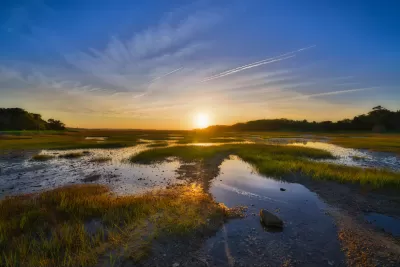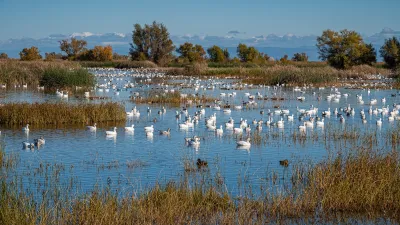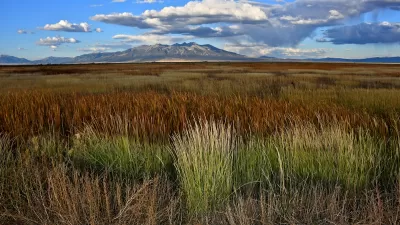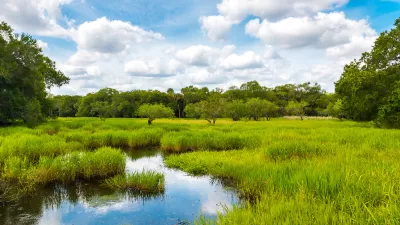A recent ruling ‘dramatically’ restricts the law’s reach when it comes to protecting wetlands.

Writing in Politico, Annie Snider describes the decision in Sackett v. EPA, a Supreme Court ruling that will dramatically limit the scope of the 1972 Clean Water Act.
As Snider explains, “The Sackett case centers on a patch of wetlands on property owned by Chantell and Michael Sackett near Priest Lake, Idaho. The couple, who had planned to build their dream home on the property, have been tangling with EPA and the Army Corps of Engineers for a decade and a half over whether it should be subject to Clean Water Act permitting requirements.”
The justices agreed that the wetlands on the couple’s property should not be subject to regulation, but the majority decision ruled that “only those wetlands with a continuous surface water connection to larger streams, lakes and rivers would get federal protections,” drastically reducing the reach of the regulations.
President Biden disagreed with the 5-4 ruling, saying that the decision “defies the science that confirms the critical role of wetlands in safeguarding our nation’s streams, rivers, and lakes from chemicals and pollutants that harm the health and wellbeing of children, families, and communities.”
Snider adds that “The Biden administration must now decide how to proceed. At a minimum, the regulation it finalized in January will need to be reworked in light of the new ruling. That rule is currently in effect in fewer than half of the states; the other half are covered by judicial freezes.”
FULL STORY: Supreme Court dramatically shrinks Clean Water Act’s reach

Planetizen Federal Action Tracker
A weekly monitor of how Trump’s orders and actions are impacting planners and planning in America.

Maui's Vacation Rental Debate Turns Ugly
Verbal attacks, misinformation campaigns and fistfights plague a high-stakes debate to convert thousands of vacation rentals into long-term housing.

Cuomo Is the Candidate of Both NIMBYs and Developers. What Gives?
In the New York City mayoral race, odd bedfellows align to preserve the housing status quo.

The Subversive Car-Free Guide to Trump's Great American Road Trip
Car-free ways to access Chicagoland’s best tourist attractions.

San Antonio and Austin are Fusing Into one Massive Megaregion
The region spanning the two central Texas cities is growing fast, posing challenges for local infrastructure and water supplies.

Charlottesville Temporarily Has No Zoning Code
A judge ordered the Virginia city to throw out its newly revised zoning code, leaving permitting for new development in legal limbo.
Urban Design for Planners 1: Software Tools
This six-course series explores essential urban design concepts using open source software and equips planners with the tools they need to participate fully in the urban design process.
Planning for Universal Design
Learn the tools for implementing Universal Design in planning regulations.
Heyer Gruel & Associates PA
JM Goldson LLC
Custer County Colorado
City of Camden Redevelopment Agency
City of Astoria
Transportation Research & Education Center (TREC) at Portland State University
Jefferson Parish Government
Camden Redevelopment Agency
City of Claremont





























